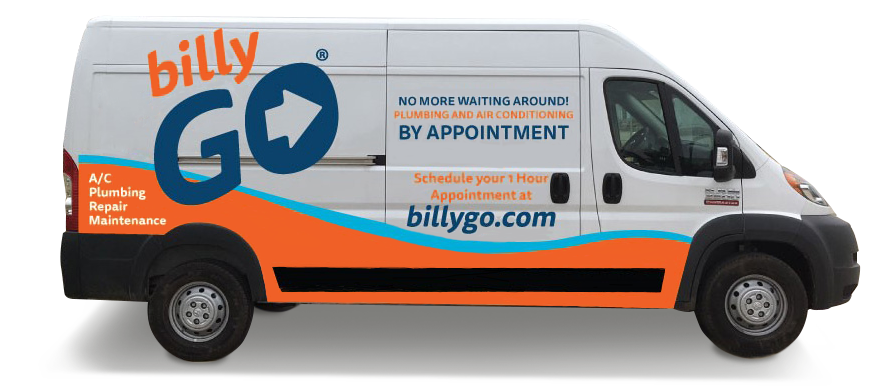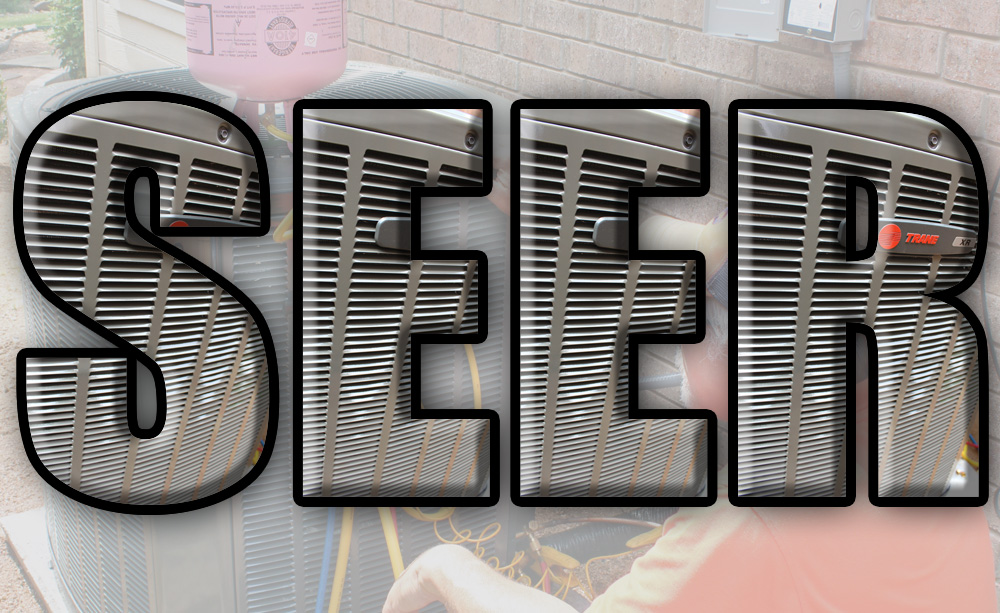SEER2 Ratings Pushing Up HVAC Prices
Price increases resulting from new SEER2 ratings for HVAC equipment efficiency will be a hard reality as of January 1, 2023.
If your HVAC system struggled with the especially hot 2022 summer in Texas – or anywhere in the South – and you’ve been thinking about replacing it next spring, you might save hundreds or thousands of dollars if you replace it now.
The US Department of Energy (DOE) previously increased HVAC equipment efficiency standards twice over the past two decades, in 2006 (from SEER 10 to SEER 13) and 2015 (from SEER 13 to SEER 14).
New SEER2 AC Efficiency Standards for 2023
SEER stands for Seasonal Energy Efficiency Ratio, as measured by the U. S. Department of Energy. It measures how much energy (electricity) an air conditioning system requires to cool a home. The higher the SEER number the less electricity an AC unit uses.
Testing conditions were updated to more accurately reflect how equipment performs installed in homes instead of in laboratories. Specifically, current SEER testing does not accurately consider the pressure required to move large volumes of air through ductwork because current standards testing is done without ductwork.
- SEER2 testing increases the external static pressure – a key testing variable – by a factor of five to address this.
- Current HVAC equipment will have reduced ratings when measured by SEER2 standards. For example, a 15 SEER unit will be rated at 14.3 SEER using SEER2 standards.
- Minimum SEER2 ratings for new equipment installations will increase to 14 SEER for the northern region of the US and to 15 SEER in southern states.
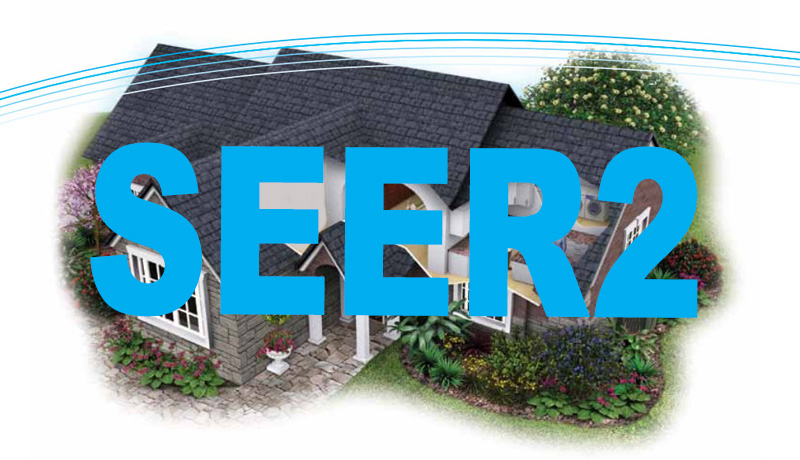
Not only are the minimum required SEER values increasing, but equipment already rated by current methods will be re-rated and receive lower ratings under the new SEER2 rating methods.
The HVAC Industry Is Evolving
The SEER2 name used to distinguish between the older and newer testing methods is more than a technicality. It is a big step being taken by the entire industry.
It is causing HVAC products to change. Manufacturers have been re-engineering and redesigning HVAC system components to meet the new SEER2 rating requirements.
The redesign goes beyond central air conditioning units. It includes furnaces and air handlers, which also must meet new standards. In some cases, additional technology or parts may be required to bring current designs up to the new, higher standards.
What This Means to Consumers
The minimum AC efficiency required for new SEER2-rated systems amounts to an 8% – 10% increase in HVAC efficiency. That is a significant improvement that will save homeowners substantially on their electric bills, as this article explains in some detail.
In the South, many HVAC installations in new homes and replacements in existing homes use equipment that meets the current 14 SEER minimum requirements. Those units will not be available in southern states starting the first day of January 2023.
Consumer prices for equipment that meets minimum efficiency standards will increase substantially because of that. Consumers will have no choice but to buy higher-efficiency equipment at higher prices. Routine supply, demand, and materials cost increases will push up prices, as well.
Why It Matters
As measured by the new standards, even some 15 SEER AC systems may fail to meet the new standards. Here’s why.
HVAC installation and service companies in southern states can still sell equipment in their inventories that meets SEER2 rating standards, but they must use the “least efficient combination of indoor and outdoor units” when selling it.
The “least efficient” rating also is referred to as the “coil only” rating posted in smaller type on the energy guide fastened to the product. The “least efficient” number usually is lower.
Some current equipment will qualify, and some will not. This Energy Guide label shows a minimum efficiency 13 SEER for a central air conditioning unit that has an overall 14.5 SEER rating. It must be sold and installed by Dec. 31, 2022.
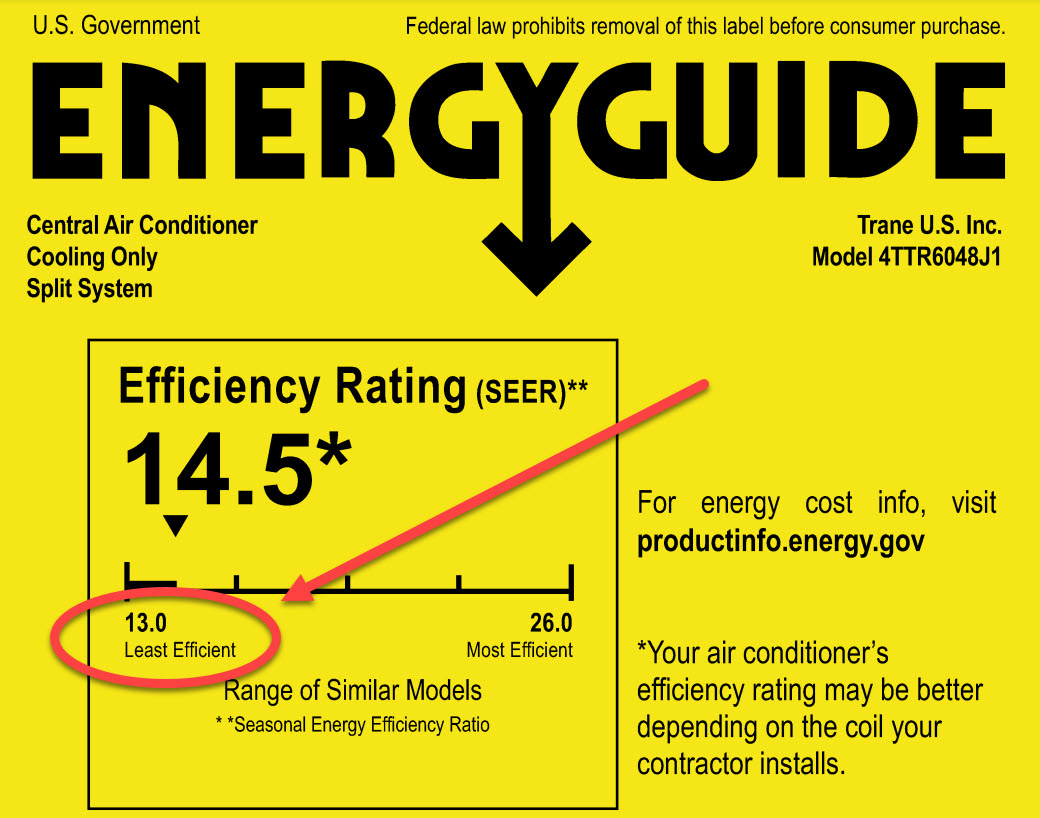
There are no SEER2 rating compliance requirements for consumers, but manufacturers, dealers, and contractors must toe the line or face legal penalties.
Installing contractors must keep detailed records, including equipment make, model, and serial number; date of purchase, date sold, contact information for the purchaser, and the installation address.
Where You Live Makes a Difference
There is a notable geographical difference with the new DOE rules, as illustrated by the graphic below, courtesy of Air-Conditioning, Heating, and Refrigeration Institute.
In northern states, equipment manufactured before Jan. 1, 2023, still can be sold if it met the requirements that were in place when it was manufactured.
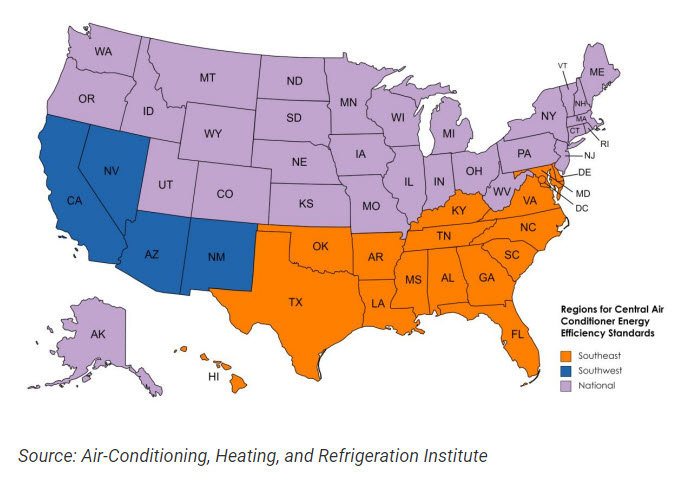
But in southern states, equipment manufactured prior to Jan. 1, 2023, and which does not meet the new SEER2 standards cannot be sold or installed after Dec. 31, 2022. As a result, many southern homeowners are replacing older systems now to beat the price increases.
SEER2 Ratings Apply Across All Types of HVAC Systems
We’ve directed your attention to split-system air conditioning equipment because that is the most common type in use in the US. Split systems are those that have the condenser, air handler, and blower fan inside and the compressor unit outside.
Similar changes take effect on Jan. 1, 2023, for single packaged systems (which contain heating and air conditioning equipment in one cabinet, for use where space is limited), heat pumps, and ductless or mini-split systems.
As the name implies, ductless systems use no ductwork. Wall-mounted indoor modules contain the evaporator coil and fan. Indoor units are connected to an outside compressor.
This article about the changes in efficiency standards and SEER2 ratings provides a complete rundown on all these types of HVAC systems.
Should You Replace Your HVAC System Now?
Manufacturers have been cutting back production of current equipment, and southern HVAC companies are clearing inventories to avoid getting stuck with equipment they will not be able to sell in 2023 or later.
If you have been considering replacing an older HVAC system, here are some guidelines to help you make an informed decision.
- If your current equipment is running well and it is fairly new, there’s nothing to worry about. If your AC is older and has been struggling or getting more expensive to maintain, now would be a good time to act to avoid higher prices next spring.
- Get a second opinion: If you have been told you need to replace your central air conditioning but aren’t sure it’s necessary, get a second opinion and shop around for the best pricing.
- Financing: Most HVAC companies offer a variety of financing plans, some with 0% financing for 6, 12, 24, 36, 48, or 60 months.
If you live in or have investment property in the Dallas-Fort Worth Metroplex, we will be glad to provide a free consultation, which you can schedule online the day and time that work best for you.
